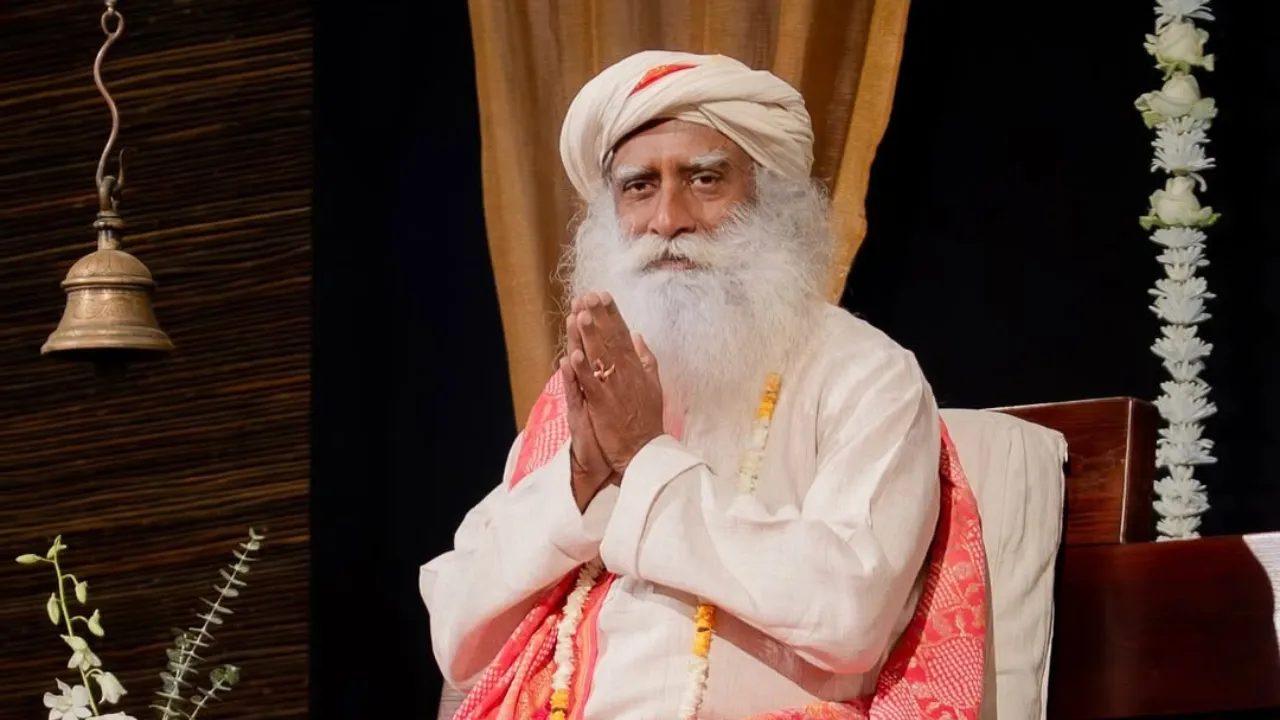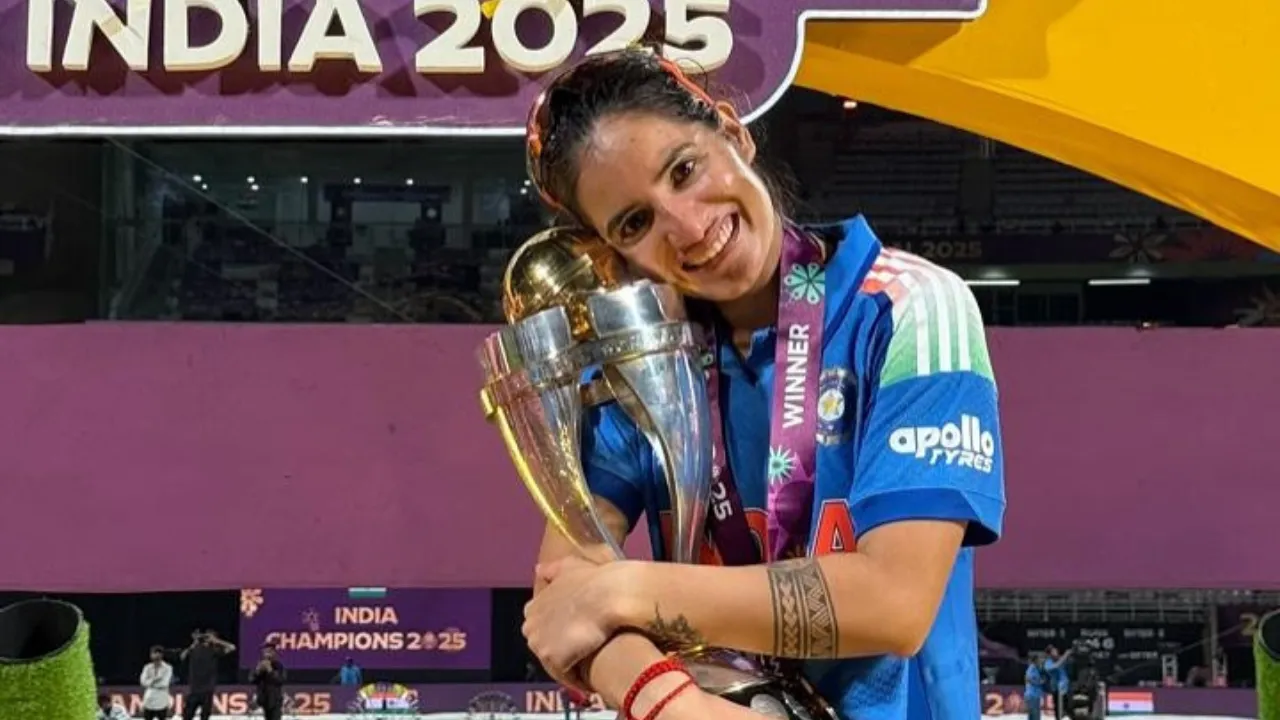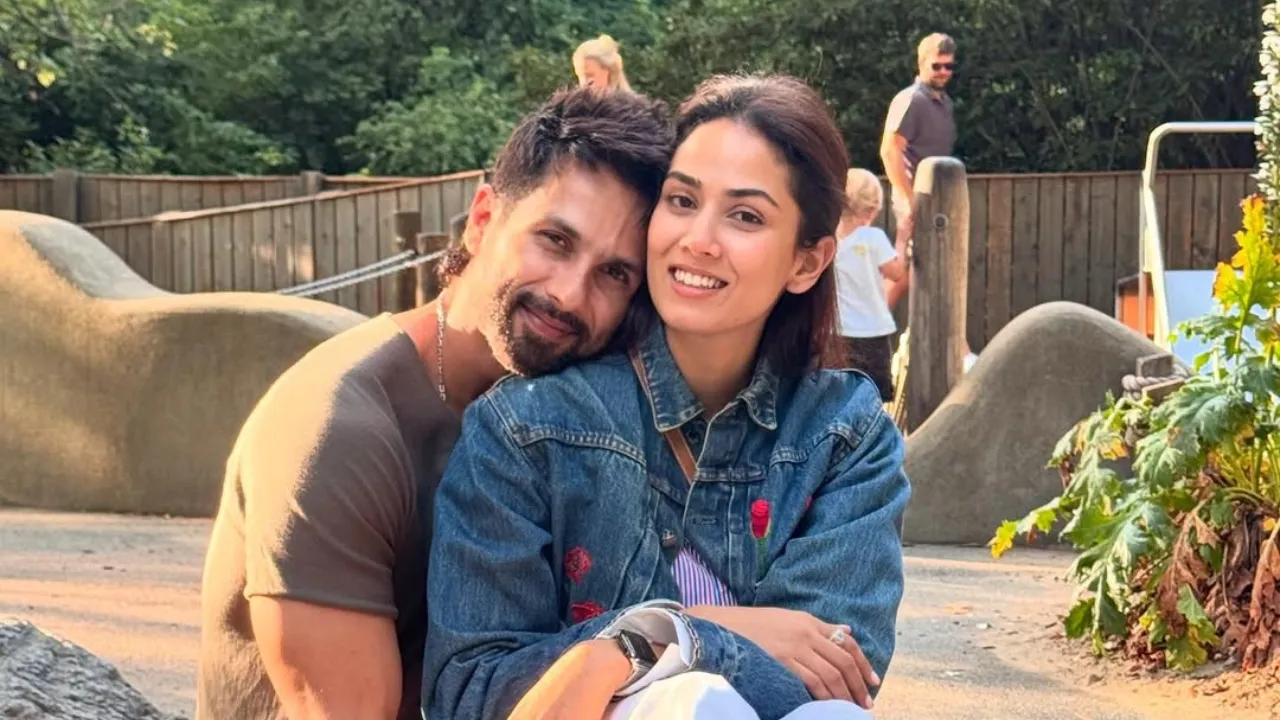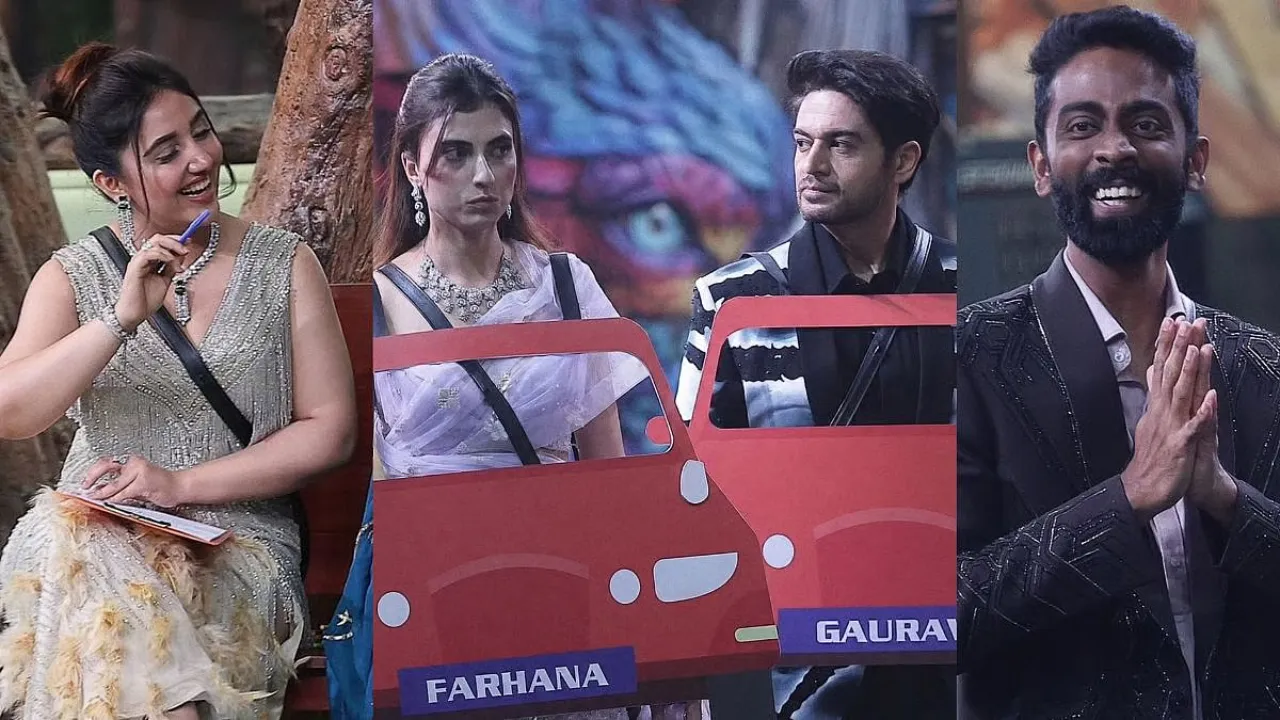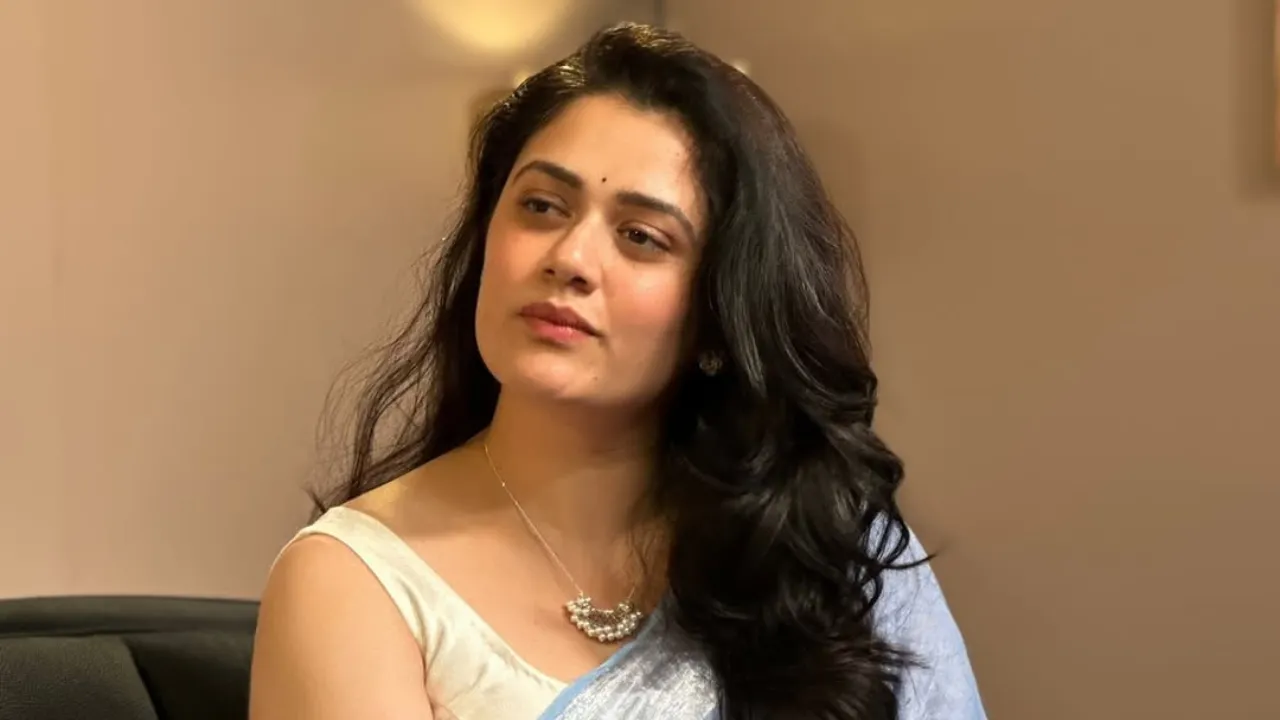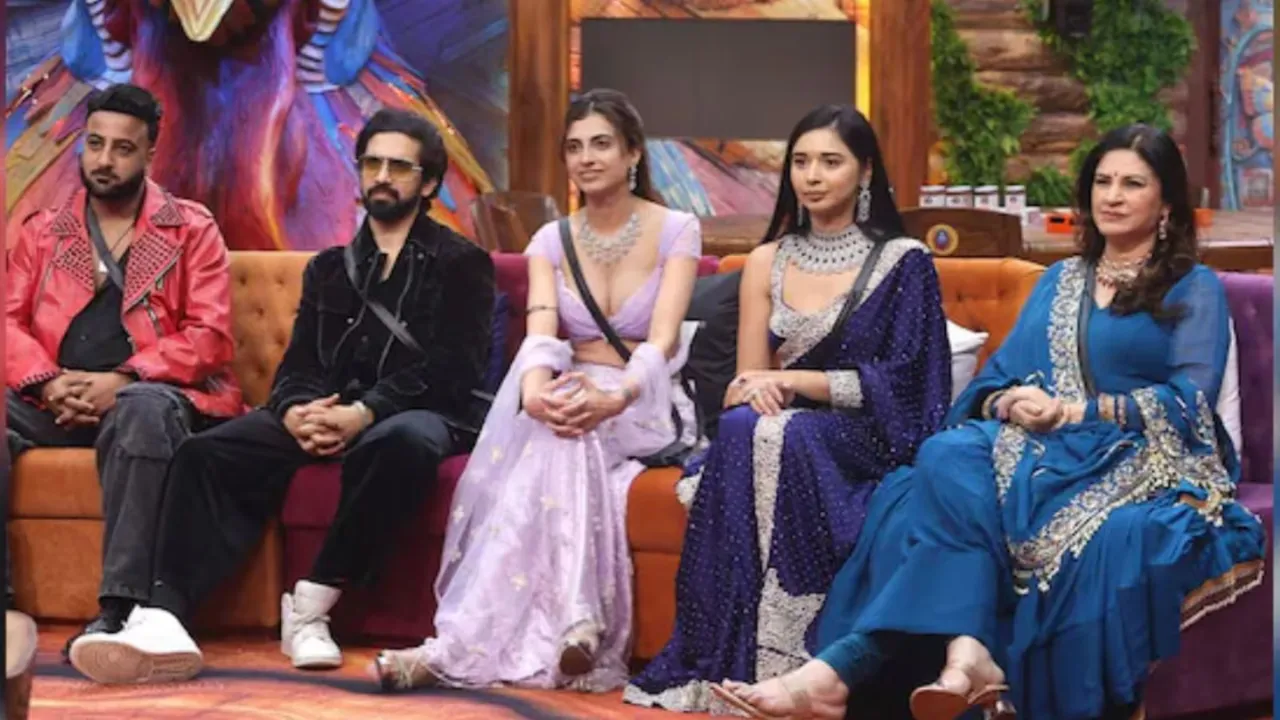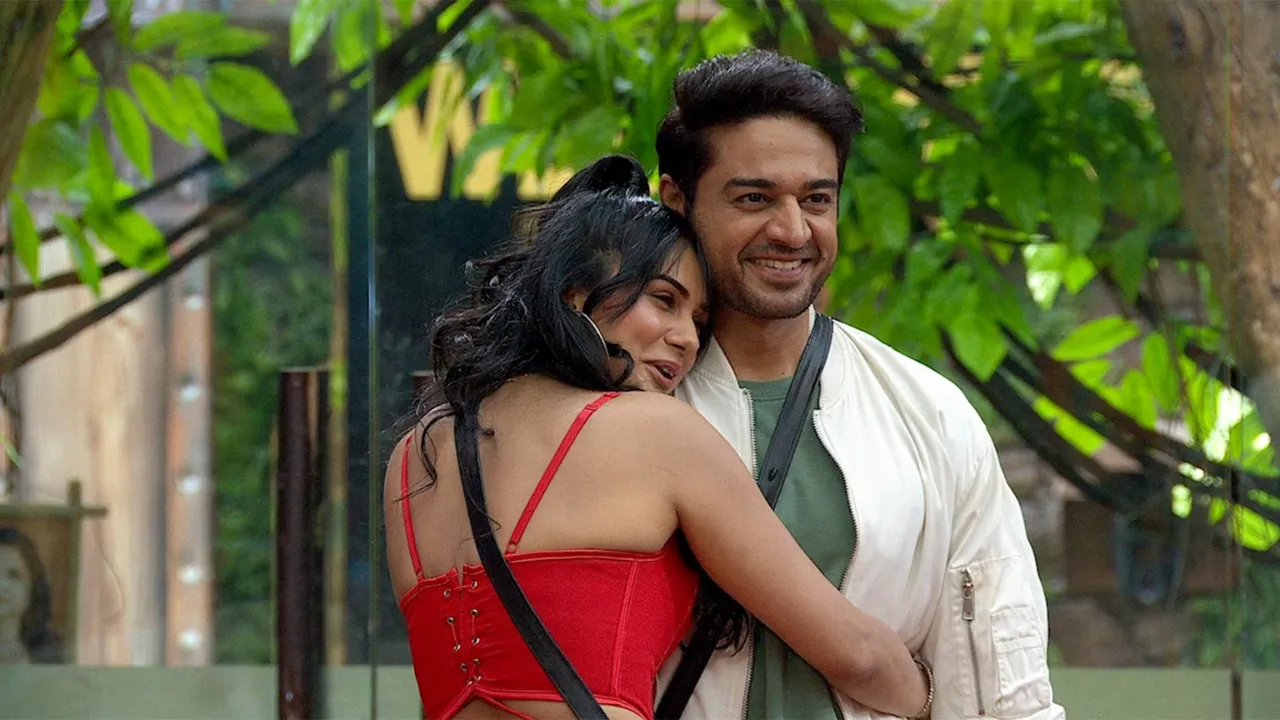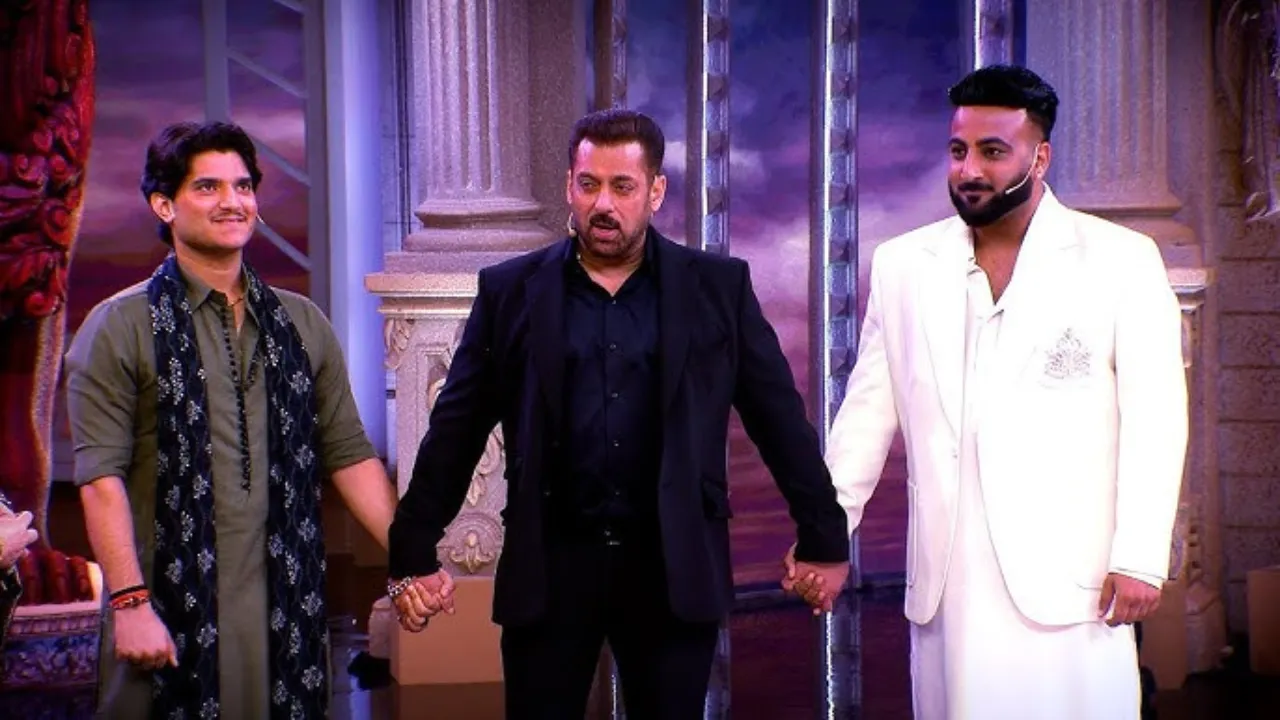Sadhguru defends Ranbir Kapoor’s casting in Ramayana: Why the debate matters
The announcement that Ranbir Kapoor will play Lord Ram in Nitesh Tiwari’s Ramayana reignited a debate that’s as much cultural as it is cinematic. In the eye of the storm, spiritual leader Sadhguru stepped in with a clear message: judging an actor for a role based on past headlines or selected clips is unfair. His remarks have added a thoughtful — and widely shared — perspective to a noisy conversation.
What did Sadhguru actually say about Ranbir Kapoor?
Sadhguru urged people not to load actors with unrealistic expectations of becoming a deity in real life. He described the criticism aimed at Ranbir as “unfair” and reminded audiences that a film’s success depends on people — their faith and engagement — and not solely on an individual actor’s personal history. In short: an actor can prepare, transform, and perform, but asking them to literally become the myth is unreasonable.
The nuance behind Sadhguru’s view
Sadhguru’s comments carry two clear nuances. First, he separates artistic responsibility from personal perfection: playing a sacred character requires craft and respect, not moral policing. Second, he highlights collective ownership — that mythological stories live in the people’s imagination, not in a single performer. This framing shifts the debate from “Is this actor morally fit?” to “How will the film honor the source material and its audience?”
Why the casting sparked controversy
Ranbir’s casting triggered online outrage for several reasons. Old clips resurfacing — including remarks about lifestyle choices — were used by critics to question whether he could authentically represent a figure like Lord Ram. Social media amplified those clips and turned them into a broader debate about who is “fit” to portray sacred figures. The context: Ramayana is being billed as a massive, culturally charged project with a star-studded cast, which naturally intensifies scrutiny.
The production context matters
Nitesh Tiwari’s Ramayana has attracted major names. Reports list Sai Pallavi as Sita, Yash as Ravan, and Sunny Deol as Hanuman — a lineup that raises both expectations and the volume of public attention. When a project is this high-profile, casting choices become symbolic and hard to separate from public sentiment. That’s exactly why a voice like Sadhguru’s — urging calm and perspective — gained traction.
Can an actor transform into a religious icon?
Short answer: no — at least not literally. Actors can commit deeply to a role, alter habits for authenticity, and bring spiritual sensitivity to a performance. Ranbir reportedly made significant preparations for the part, including lifestyle changes reportedly aimed at aligning with the character’s demeanor. But Sadhguru’s point is practical and humane: transformation for art is possible; transformation into a living god is a different matter altogether.
What this debate reveals about audiences and mythology
The reaction around Ranbir’s casting tells us something important about modern viewership. Mythological characters are not just stories for many people — they’re lived beliefs. That makes cinematic portrayals a sensitive territory. At the same time, film is a different form: it translates myth into craft, design, acting, and direction. Sadhguru’s intervention highlights the need to balance respect for belief with respect for artistic process.
A call for nuance, not dismissal
Sadhguru’s stance is not a dismissal of concerns. Rather, it’s a call for nuance: hold productions accountable for sincerity and research, but avoid blanket condemnations that ignore craft, intent, and the collaborative nature of filmmaking. That approach opens space for constructive critique — focusing on how the film treats the epic — instead of ad hominem attacks on performers.
What to watch for next
If you’re tracking this story, here are practical things to look for:
- Official statements from the filmmakers about creative approach and research into the epic.
- Promotional materials (trailers, featurettes) that show how the film frames its characters.
- Interviews with cast and crew discussing preparation and reverence for source material.
- Audience reactions once the first footage is out — the real test is how viewers perceive the portrayal, not social media snippets alone.
How journalists and viewers should cover sensitive casting
Sadhguru’s intervention is a gentle reminder about responsible coverage. Responsible reporting and discussion should:
- Verify clips and quotes before amplifying them.
- Distinguish between a performer’s past statements and their present artistic choices.
- Focus critique on what the film shows, rather than on ad hominem grounds.
- Allow space for the creative team to present their vision before passing categorical judgment.
Final thoughts: What Sadhguru’s defence contributes
Sadhguru brought a calming, perspective-driven voice to a polarized debate. By reframing the issue away from moral witch-hunts and toward artistic responsibility and public ownership, he helped move conversation toward what matters most: whether the film honors the epic and resonates with people. For readers and viewers, that’s a useful takeaway — care about fidelity and sensitivity, but let performance and context speak before final judgment.
Also Read: Ravi Teja admits he ‘irritated’ his fans — and promises a proper comeback
